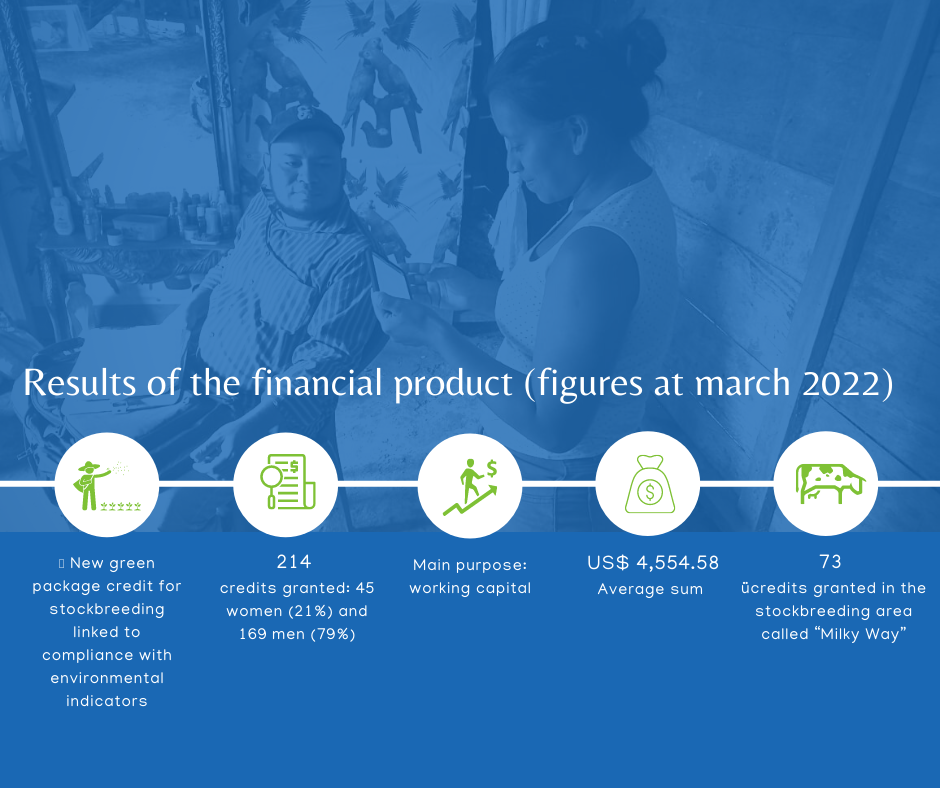The Central American region is exposed to greater climate risks due to its geographical location, socioeconomic factors and a lack of capacity and resources at the institutional level to mitigate the risk of disasters and help adaptation to climate change. For this reason, ADA and REDCAMIF are carrying out a project to design and implement financial services with green added value in the region, with the aim of ensuring that the low-income population in these countries have access to measures of adaptation to the effects of climate change and can continue to join forces in mitigation activities so that the long-term effects can be managed.
In this respect, microfinance institutions such as Financiera FDL in Nicaragua are essential, due to their role in achieving concrete results that benefit the most vulnerable people in the region. Financiera FDL is carrying out actions aimed at mitigation and adaptation to climate change among peasant farmer/stockbreeder communities in the southern agricultural area of the country. Part of this initiative involves the implementation of a financial product combined with technical assistance to implement forest grazing systems on stockbreeders’ land, a more sustainable model of agricultural production that maintains an atmosphere that guarantees families’ livelihoods, improves productivity and reduces vulnerability to climate change, helps to reduce soil degradation and optimizes the natural resources of the land.


Furthermore, in the first trimester of 2022, 1,225 producers received technical assistance to implement the following environmental practices:

The graph shows the level of progress and the percentage of producers who are carrying out sustainable practices:

Furthermore, in the first trimester of 2022 Financiera FDL trained 318 producers in a number of areas, including:
Areas of advice
- Supply of mineral salts and administration of injectable minerals.
- Sanitary procedures according to animal health calendars (oral deparasitisation, vitaminisation of the herd according to category).
- Management of the ‘Vaca de la Reina’ breed, first 100 days of suckling.
- Livestock records that include dates of birth, weight of calf, name of mother and calf.
- Feeding alternatives in summer: through the promotion of nutrition blocks, silos and supplementing with cut pastures.
- Treatment of different bovine diseases when making a visit.
- Management of cut pastures or grass forage storage.

